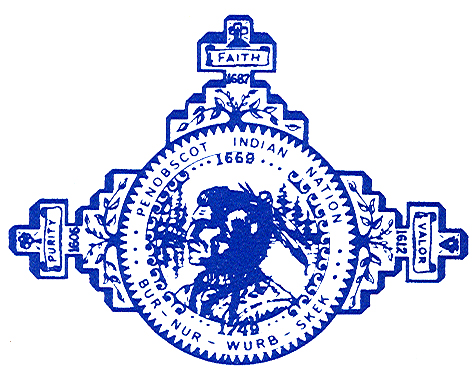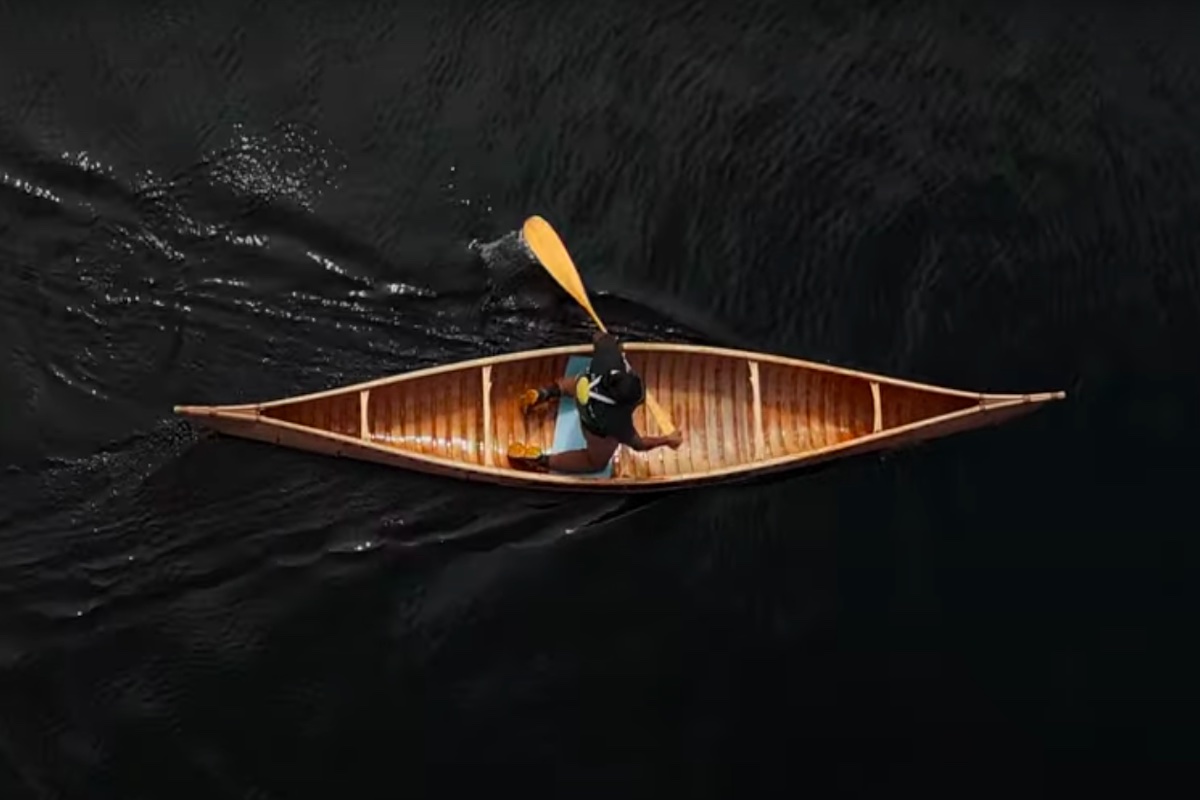![]()
Journey to Pemetic: Unearthing Penobscot Stories in Acadia National Park
Forget the glossy brochures for a moment. When you pack your bags for Maine’s iconic Acadia National Park, prepare for an expedition that transcends picturesque lighthouses and lobster rolls. We’re going deeper, into a landscape whose beauty is not merely natural, but profoundly historical, etched with the millennia-old presence of the Penobscot Nation. This isn’t just a review of a park; it’s an invitation to see a place through the lens of its original cartographers – the Indigenous people whose traditional territory maps speak not of borders, but of relationships, resources, and reverence.
Mount Desert Island, known to the Penobscot as Pemetic, meaning "range of mountains," and the surrounding Penobscot Bay, are heartlands of the Wabanaki Confederacy, a collective of Indigenous nations including the Penobscot. While Acadia National Park today is a jewel of the National Park System, its granite peaks, spruce forests, and dramatic coastline were, and in many ways remain, the ancestral home, hunting grounds, fishing waters, and spiritual sanctuary of the Penobscot people. Understanding this foundational truth doesn’t just add context to your visit; it transforms it into an act of deeper appreciation and respect.
The Landscape as a Living Map: Penobscot Pathways Through Pemetic
![]()
To truly experience Acadia through a Penobscot lens is to recognize the land itself as a living, breathing map. For thousands of years, the Penobscot navigated these intricate waterways and rugged terrains with unparalleled skill, their birchbark canoes gliding silently across lakes and bays, their moccasined feet treading ancient paths. Every cove had a purpose, every mountain a story, every plant a use.
Cadillac Mountain, for instance, the highest point on the U.S. Atlantic coast, is famed for being the first place to see the sunrise in America. But for the Penobscot, it was more than a scenic overlook; it was a beacon, a vantage point, and a sacred place. Imagine standing there at dawn, not just as a tourist, but as someone connecting to generations who watched the same sun paint the sky, understanding its cycles, and feeling the pulse of the land. The trails that wind up and around Cadillac, like the North Ridge Trail, are echoes of ancestral routes, traversed for hunting, gathering, and spiritual communion.
The Ocean Path and the dramatic coastline – Thunder Hole, Otter Cliffs – reveal the Penobscot’s mastery of marine environments. Their traditional territory maps weren’t static drawings but dynamic knowledge systems, detailing migratory patterns of fish, locations of prime shellfishing beds, and safe harbors from Atlantic storms. Kayaking or canoeing in Penobscot Bay, feeling the rhythmic pull of the paddle, offers a faint echo of the Penobscot’s profound connection to these waters. They weren’t just passing through; they were an integral part of the ecosystem, their lives intertwined with the tides and the marine life.
Further inland, the serene lakes and ponds like Jordan Pond and Eagle Lake were vital sources of freshwater, fish, and waterfowl. The deep, clear waters reflect not just the sky, but also the history of people who fished these waters sustainably for generations. The Penobscot knew the depths, the currents, the spawning grounds. Their understanding of these internal water systems was as intricate as their knowledge of the coastal environment, demonstrating a holistic approach to land management that predates modern conservation efforts by millennia.

Unearthing Stories: Where to Find Penobscot Heritage in Acadia
While Acadia National Park has made strides in acknowledging Indigenous history, the presence of the Penobscot Nation isn’t always immediately obvious to the casual visitor. Unlike some parks with dedicated interpretive centers for Indigenous cultures within their boundaries, Acadia’s primary educational resource lies just outside, in Bar Harbor: the Abbe Museum.
The Abbe Museum is an absolute essential stop for anyone wishing to understand the Penobscot and other Wabanaki people. It is not just a collection of artifacts; it is a vibrant institution dedicated to preserving and sharing the culture, history, and art of the Wabanaki. Here, you will see ancient tools, intricate basketry, and contemporary art that speaks volumes about resilience, creativity, and ongoing cultural vitality. The exhibits are thoughtfully curated, often featuring Indigenous voices and perspectives directly. It’s here that the "traditional territory maps" come alive, not as dusty documents, but as a living narrative of how the land was known, used, and cherished. You’ll learn about the deep spiritual connection to the land, the sustainable practices, and the devastating impact of colonization, followed by the inspiring story of survival and cultural resurgence.
Beyond the Abbe, actively look for subtle acknowledgments within the park. Some interpretive signs may mention Wabanaki presence, though often in general terms rather than specifically Penobscot. The act of seeking out these references, however, becomes part of the learning journey. It prompts you to ask: Whose land is this? What stories does it hold that are not immediately visible?

The Power of Traditional Territory Maps: More Than Lines on Paper
The concept of Penobscot Nation traditional territory maps extends far beyond mere geographical boundaries. These "maps" are a sophisticated body of knowledge, passed down through oral traditions, place names, stories, and practices. They encompass:
- Resource Management: Detailed knowledge of where to hunt moose, deer, and beaver; where to gather fiddleheads, berries, and medicinal plants; where to harvest specific trees for canoes or baskets.
- Travel Routes: Extensive networks of waterways and portages, allowing efficient movement across vast distances, connecting coastal areas with interior forests, even reaching as far inland as Katahdin (Ktaadn), a sacred mountain to the Wabanaki.
- Spiritual Significance: Identification of sacred sites, ceremonial grounds, and places imbued with spiritual power, where ancestors connected with the spirit world.
- Kinship and Governance: An understanding of which families or clans traditionally used certain areas, reflecting a complex system of land tenure and governance.

When you hike a trail in Acadia, thinking about these traditional maps means recognizing that the path you walk was likely a Penobscot pathway. When you gaze at the ocean, you are looking at waters that sustained a people for thousands of years. This perspective transforms a scenic view into a profound connection to human history and ecological stewardship. It shifts the narrative from "pristine wilderness" to "cultivated homeland." The Penobscot didn’t just exist in this landscape; they actively shaped it, managed it, and lived in reciprocal relationship with it.
Responsible Travel: Honoring the Penobscot Legacy
Visiting Acadia National Park with an awareness of its Penobscot heritage is an act of responsible tourism. Here’s how you can deepen your experience and honor this legacy:
- Visit the Abbe Museum: Make this your first or second stop. It’s crucial for setting the context.
- Learn Penobscot Place Names: Familiarize yourself with names like Pemetic (Mount Desert Island) or Ktaadn (Katahdin). Acknowledging these names recognizes the original inhabitants’ deep understanding of the land.
- Support Indigenous Artists and Businesses: Look for opportunities to purchase authentic Wabanaki art, crafts, or goods. The Abbe Museum shop is a great place to start. This directly supports the living culture.
- Practice Leave No Trace: This fundamental outdoor ethic takes on deeper meaning when you understand you are on ancestral lands that were carefully stewarded for millennia. Leave it as you found it, or better.
- Reflect and Connect: Take moments during your visit to contemplate the long history of the land. Imagine the Penobscot people here, living in harmony with nature. How might their perspective influence your own appreciation?
- Educate Yourself Further: The Abbe Museum’s website, Penobscot Nation’s official website, and books on Wabanaki history are excellent resources for continued learning.
Conclusion: A Deeper Journey into Maine’s Heart
Acadia National Park is undeniably beautiful, a testament to the raw power and serenity of nature. But to visit without acknowledging its Indigenous past, specifically the enduring presence and profound legacy of the Penobscot Nation, is to see only half the picture. By understanding the concept of their traditional territory maps – not as ancient relics, but as living knowledge systems – we unlock a richer, more meaningful journey.
This journey is about more than just stunning vistas; it’s about listening to the land, hearing the echoes of ancient paddles, and seeing the indelible marks of a people who called Pemetic home long before any park was established. It’s an invitation to step beyond the postcard image and engage with a landscape that is not merely wild, but sacred, and eternally connected to the Penobscot Nation. Let your visit to Acadia be not just a vacation, but a pilgrimage of discovery, an exploration of both natural wonder and profound human history, woven together by the enduring spirit of the Penobscot people.


